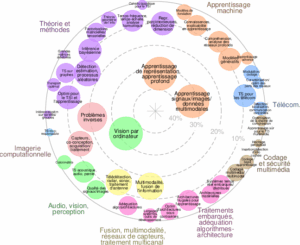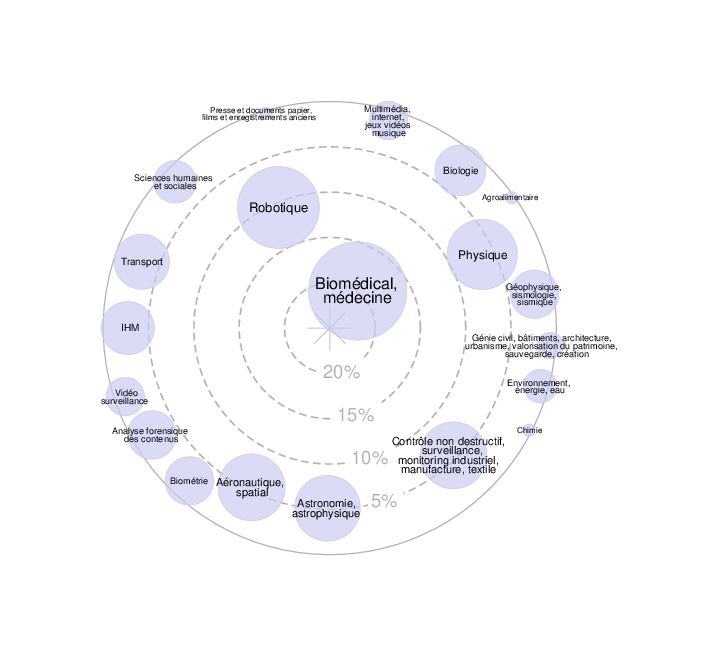Advancing Volcanic Mechanism Classification with Neural Networks and Synthetic
Aperture Radar (SAR) Displacement Data
Labs : LISTIC, Université Savoie Mont Blanc, ISTerre, Université Grenoble Alpes, LMV, Univesité
Clermont Auvergne
Contact : Yajing YAN (yajing.yan@univ-smb.fr)
Candidate profile : The Ph.D candidate should have good skills in machine learning or
volcanology. Knowledge in remote sensing is appreciated.
Ph.D subject description :
Satellite based remote sensing offers a unique source of information to monitor the
environnement, with fine spatial resolution, wide coverage and frequent revisit. This enables
addressing the challenge of natural hazard monitoring and forecasting, which has a significant
societal impact.
The inverse modeling of surface displacement is one of the major techniques of exploring the
subsurface feature of volcanoes. In this Ph.D thesis, we consider the classification of volcanic
mechanisms from Interferometry Synthetic Aperture Radar (InSAR) surface displacement
estimations. This work is challenging, because surface displacement fields lack distinct features
that can reliably distinguish different volcanic mechanisms at depth. We will begin with a blind
supervised learning experiment based on synthetic simulations and frugal machine learning
models (e.g. random forest) in order to validate the proof-of-concept (Indeed, Cayol et al. 2014
proposed a tedious approach based on a manual decision tree). Afterwards, we can take two
approaches: on one hand, increasing the model expressivity, such as transitioning to frugal deep
learning models, with the aim of improving classification accuracy; on the other hand,
incorporating multimodal input to the model. This includes using directional displacement
gradient’s value and sign, as well as horizontal/vertical displacement ratio to complement
displacement values, based on expert’s knowledge. Furthermore, inspired by the approach
adopted by volcanologists for a similar task – recognizing key physical parameters of fracture
displacement (such as faults, magma intrusions, or sheared intrusions), as well as the dip and
depth of the fracture and the ratio of host rock stress exerted on the fracture – we aim to train
deep learning models to extract physical features. By incorporating physics-informed loss
functions, we seek to enhance the universality of solutions proposed by previous deep learning
models. Real InSAR displacement measured at the Piton de la Fournaise volcano since 1998 and
previously analyzed through Monte Carlo inversions (Dumont et al. 2022) will be used for further
validation in real applications.
Selected references :
Cayol V., Carry T., Michon L, Chaput M., Famin V., Bodart O., Froger J.L., Romagnoli C. (2014),
Sheared sheet intrusions as mechanism for lateral flank displacement on basaltic volcanoes:
Applications to Réunion Island volcanoes, Journal of Geophysical Research, 119, 7607-7635.
Dumont, Q., Cayol, V., Froger, J. L., & Peltier, A. (2022). 22 years of satellite imagery reveal a
major destabilization structure at Piton de la Fournaise. Nature communications, 13(1), 2649.





